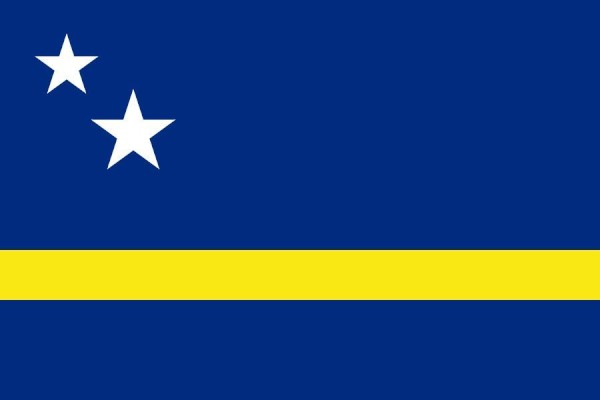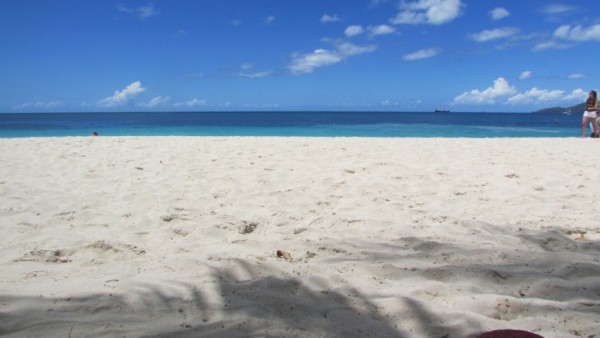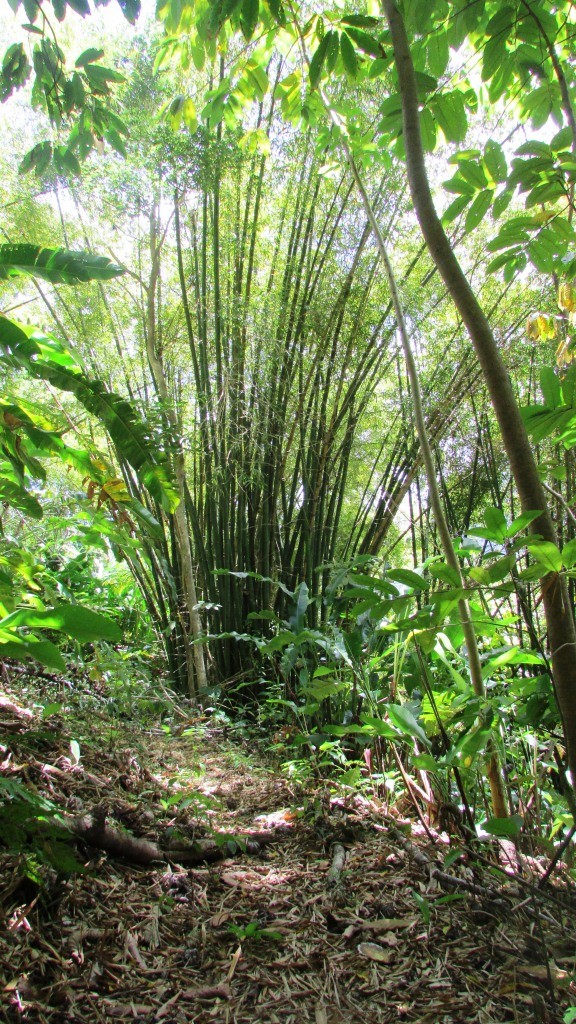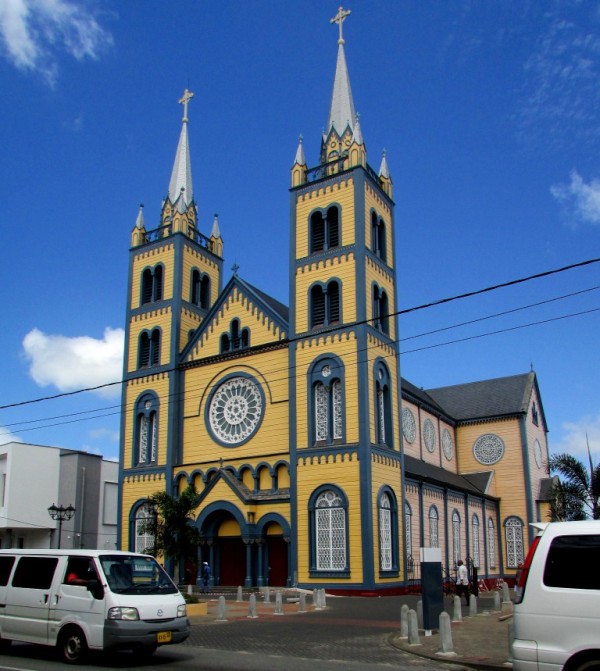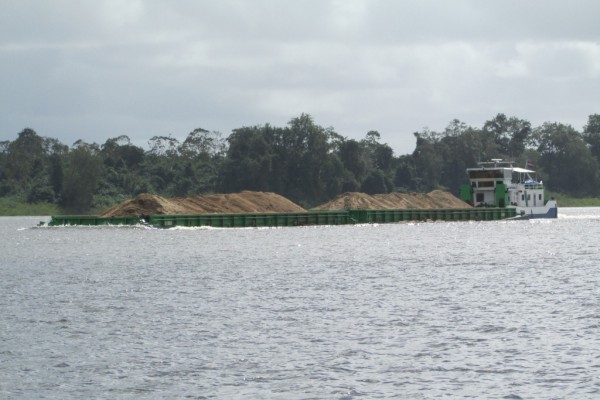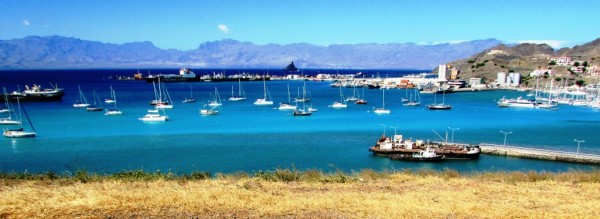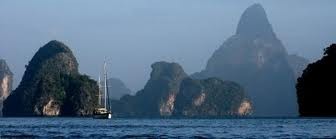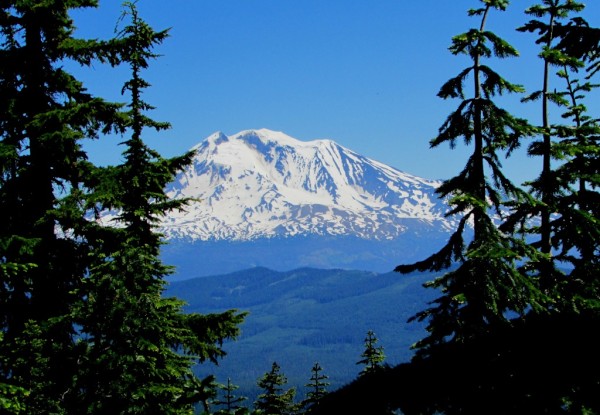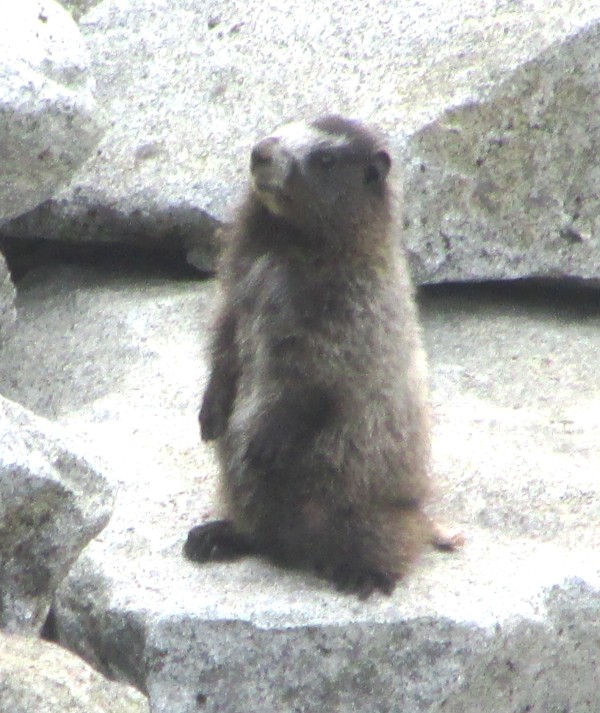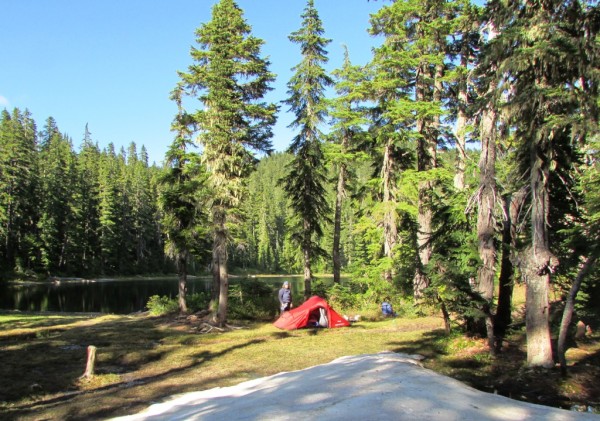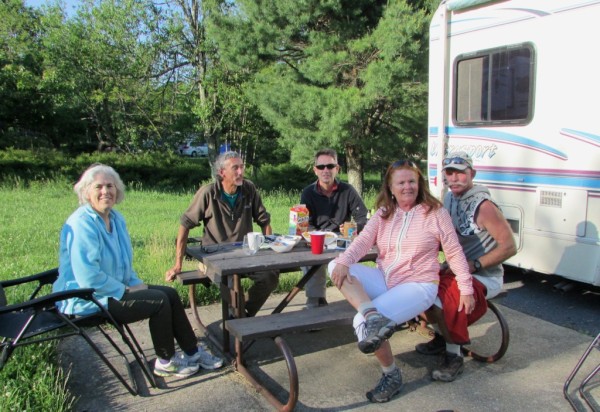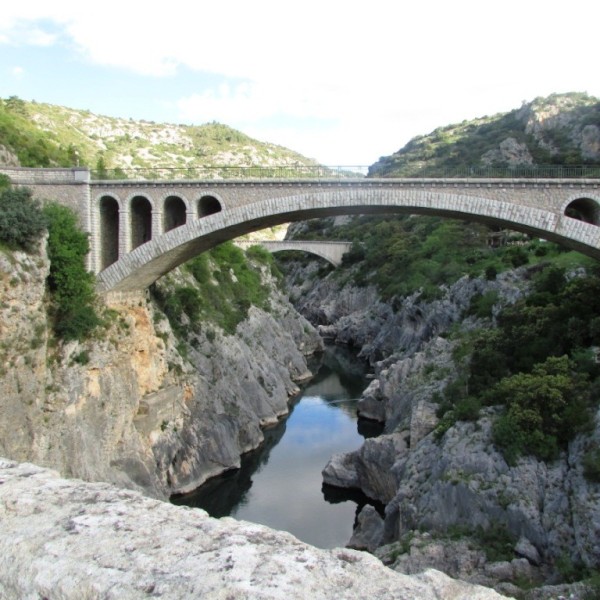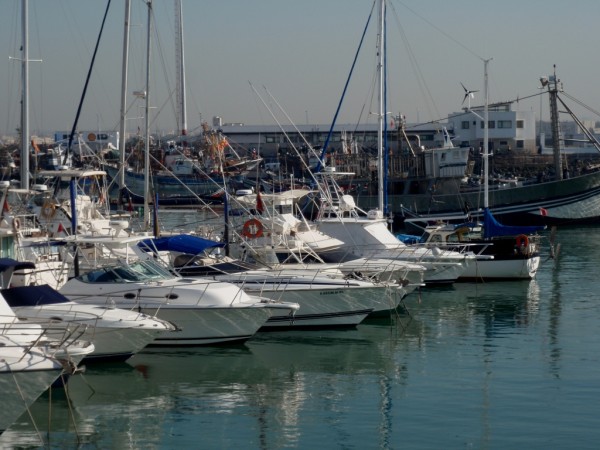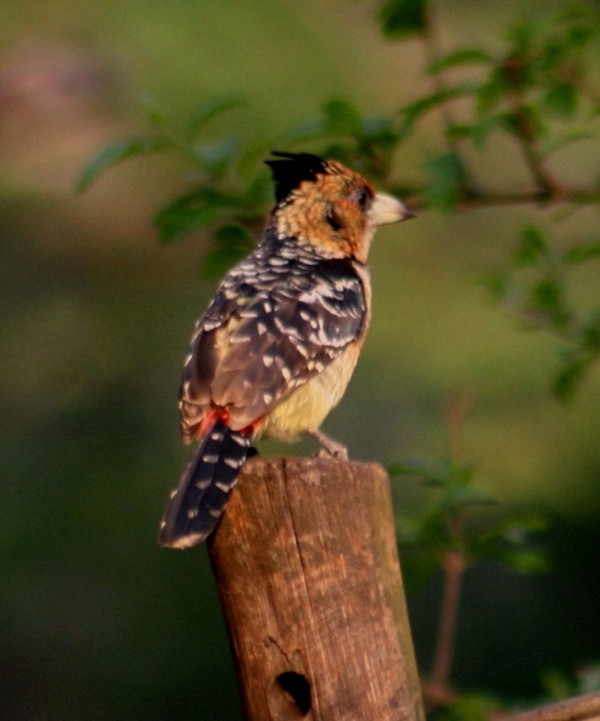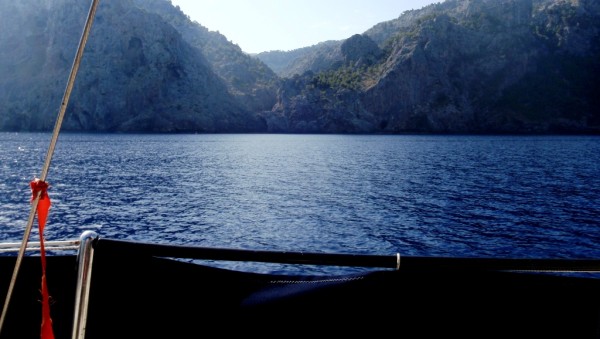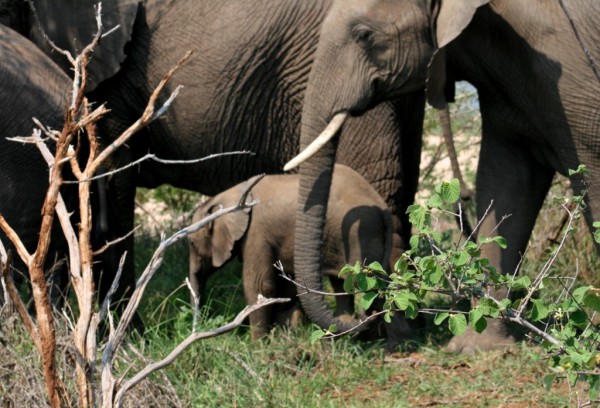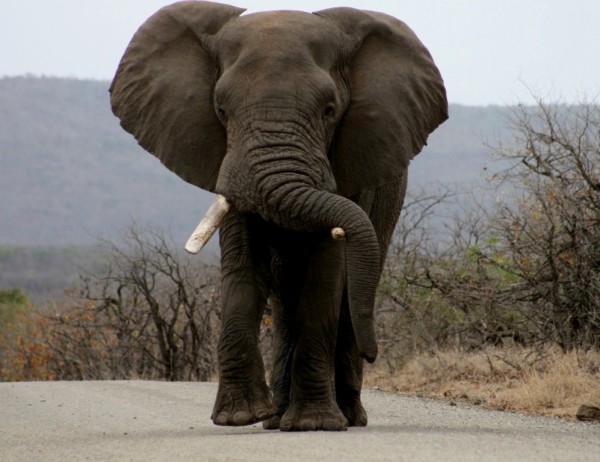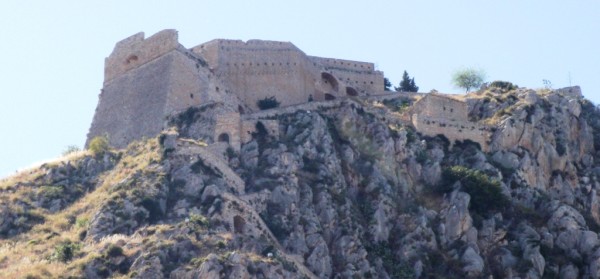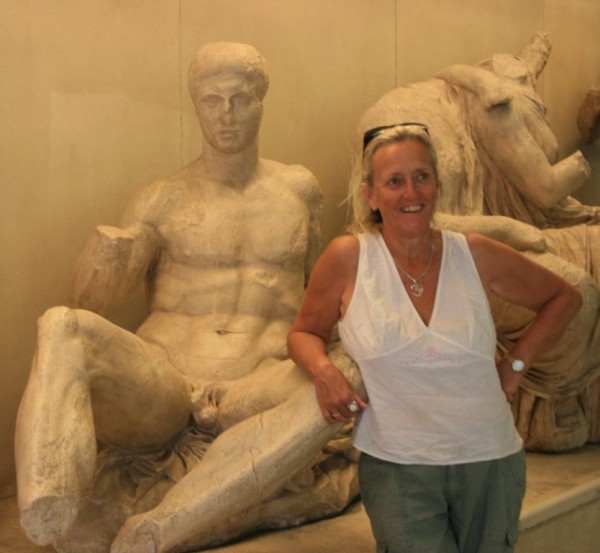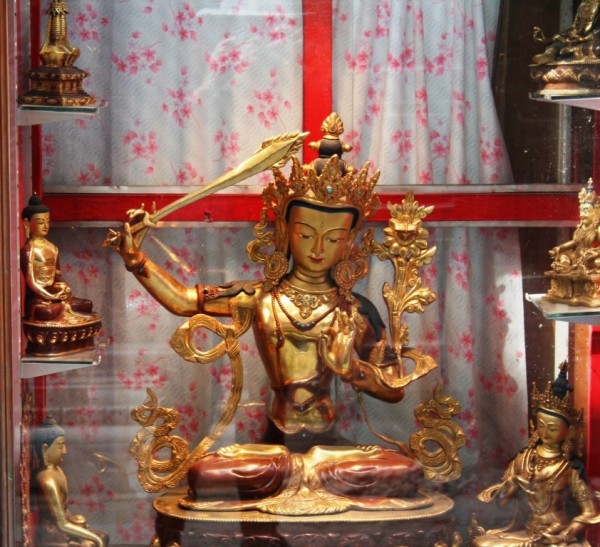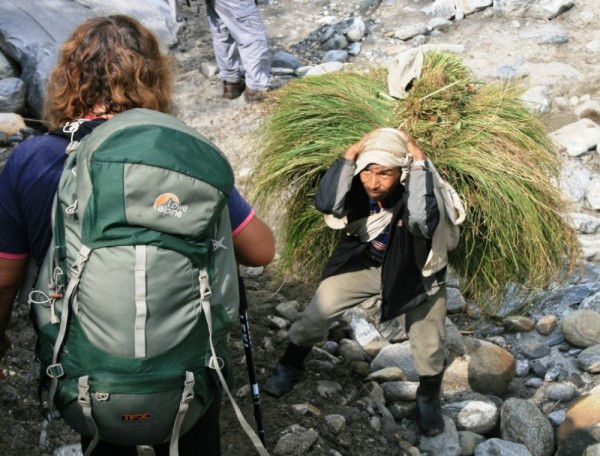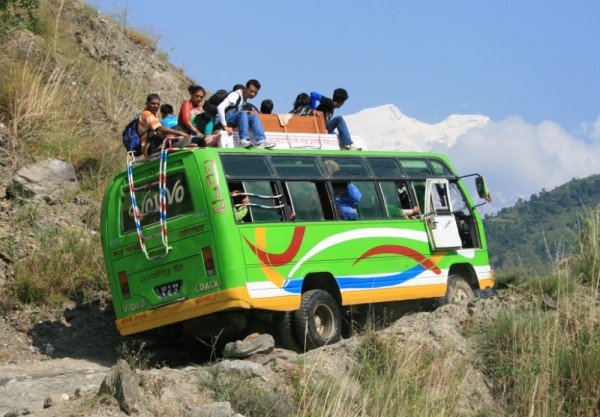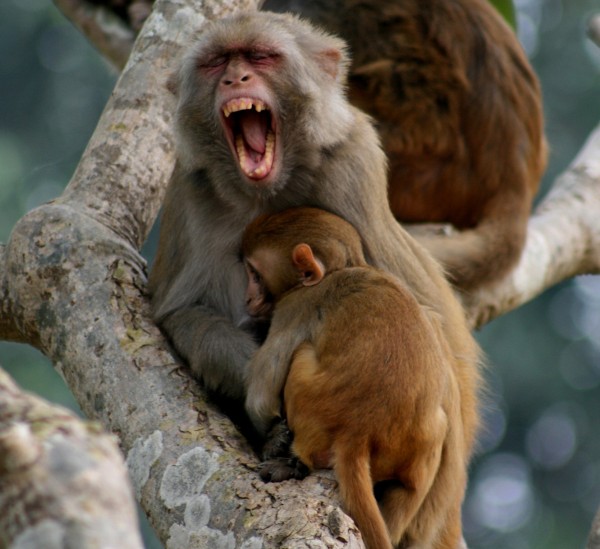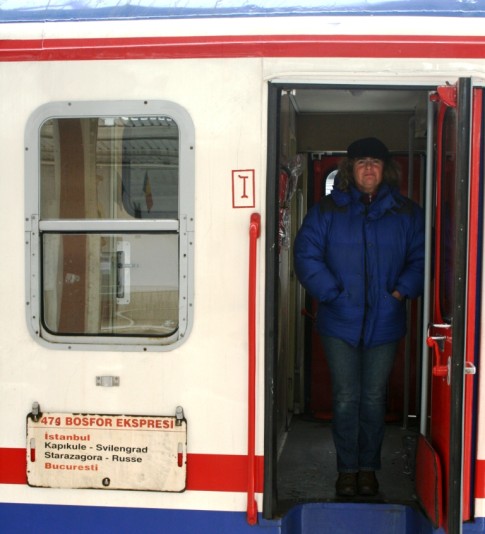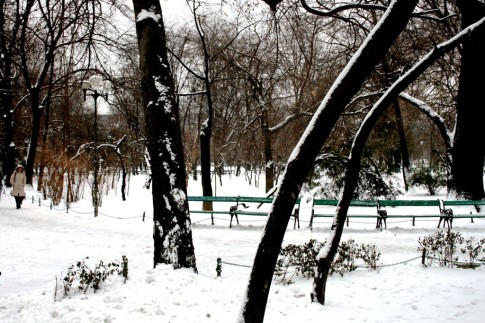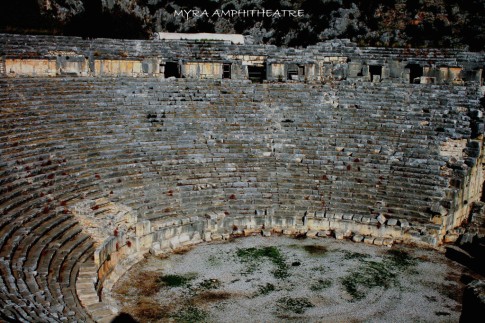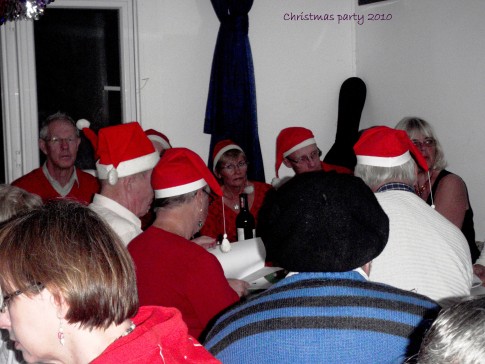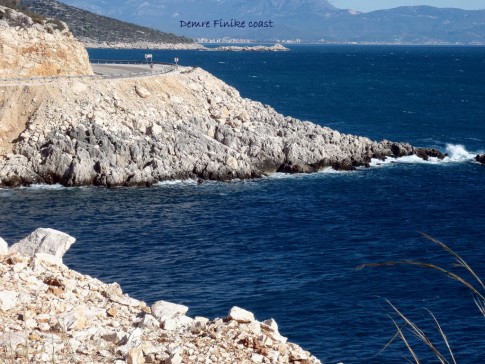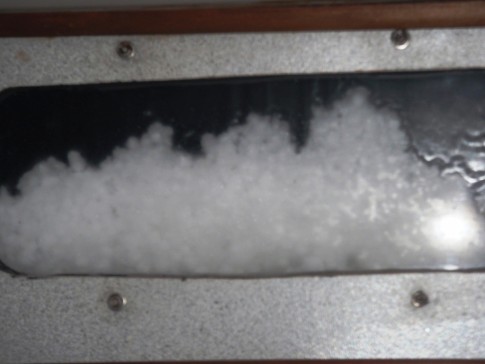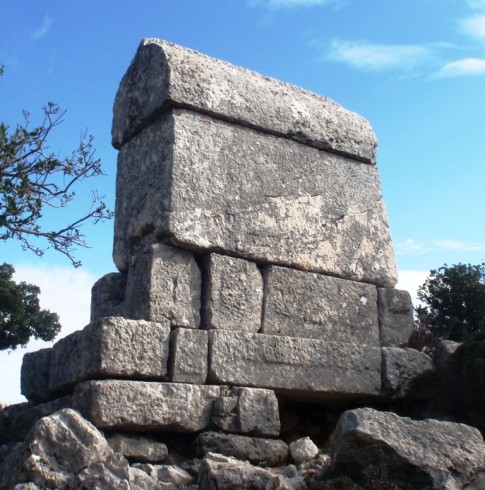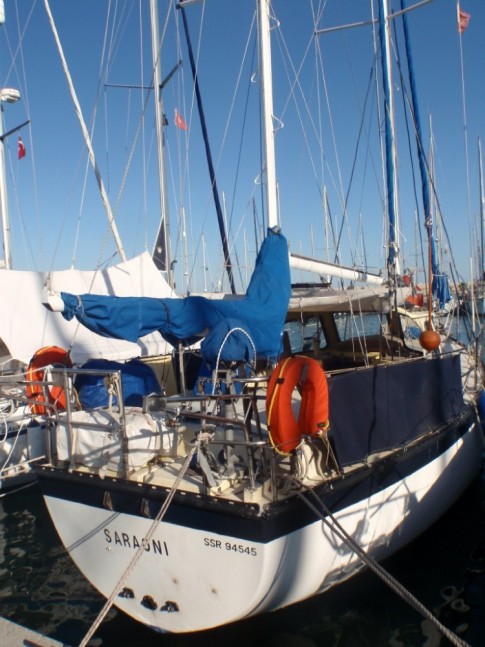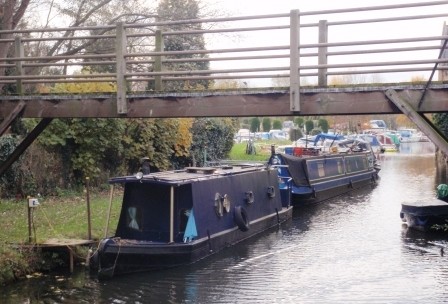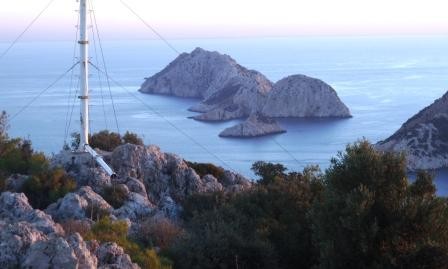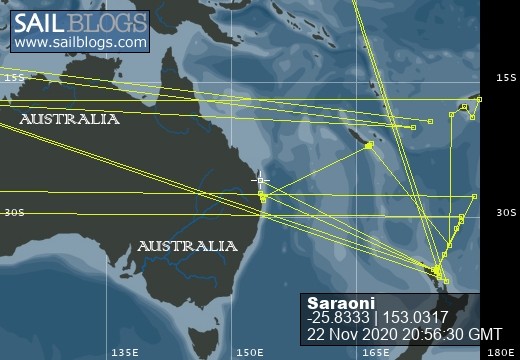
SVs Saraoni and Sundari
09 April 2024 | The Broadwater, Gold Coast, Australia
03 March 2024 | Hope Harbour marina, Gold Coast, Australia
03 January 2024 | Karragarra Channel, South Moreton Bay Islands, Queensland
15 December 2023 | Riverheads, Mary River, Great Sandy Strait, Queensland
23 October 2023 | Great Keppel Island
07 August 2023 | Trinity Inlet, Cairns, North Queensland
23 July 2023 | Trinity Inlet, Cairns, Far North Queensland.
07 July 2023 | Cairns
19 May 2023 | North West island, Capricornia Cays, Queensland
15 May 2023 | Burnett River, Bundaberg, Queensland.
29 April 2023 | Manly marina, Moreton Bay, Queensland, Australia
04 March 2023 | South Auckland, New Zealand
18 January 2023 | Gold Coast Broadwater, Queensland
17 November 2022 | Collie, Southern WA, Australia
29 October 2022 | Albany, SW Australia
14 October 2022 | Augusta, WA, Australia
15 August 2022 | Karragarra Passage, Southern Moreton Bay, Queensland, Australia
14 July 2022 | Raby Bay, off Moreton Bay, Queensland
13 June 2022 | Camooweal, Far West Queensland
20 May 2022 | Alice Springs, Northern Territory, Australia
Exploring San Cristobal
25 March 2015 | Puerto Baquerizo Moreno, galapagos
Alison and Geoff,calm and hot
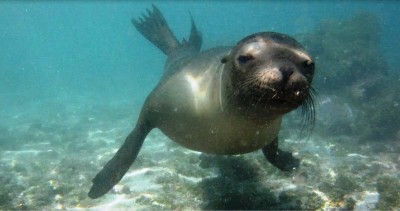
Photo shows a friendly and curious young sea lion at Las Tijeretas Bay
We are still in Puerto Baquerizo Moreno on San Cristobal. Our Galapagos autografo allows us to visit three island ports just once each and this one is the most protected in the island group. We have had quite a large swell sweeping in to the relatively open bay over the last couple of days making life interesting for everyone including the sea lions! It is thankfully dying away now so perhaps we can sleep without too much rolling tonight! We think it had its origin in a storm complex way down in the Southern Ocean as there has been very little wind here to generate any waves at all.
We have been snorkelling at Las Tijeretas bay with friendly sea lions and some large marine iguanas and taken a trip into the highlands, apart from wandering round the seafront here and swimming at Playa Mann, the nearest beach. There is a very good interpretive centre on the side of Tijeretas hill which explains the multifaceted problems facing the islands from a sociological and environmental perspective. Tijeretas means "scissor tails" in Spanish and is named after the frigate birds that use the hill as a nesting spot, although they are not nesting here at the moment. From the top of the hill you can see right down the length of the island to Punta Pitt where we came close to on the way in from Panama.
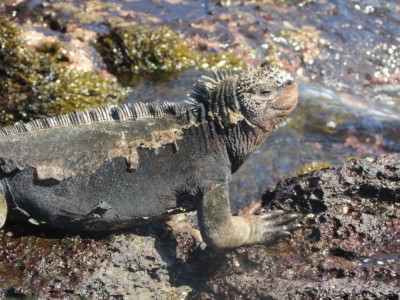
Marine iguana at Las Tijeretas Bay
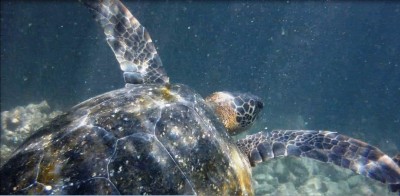
Green turtle - one of two we saw sampling the seaweed at Las Tijeretas
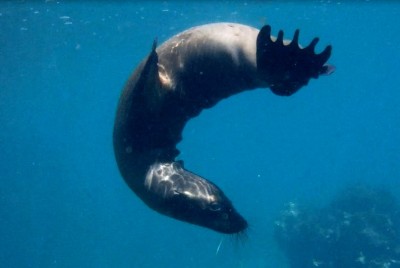
Young sealion enjoying dancing acrobatically - or just showing off!
The sea lions are easily the most entertaining aspect of the Galapagos wildlife, and there are hundreds of them around. They are totally fearless and seem to spend most of the day sleeping wherever they can find a space, although the younger ones spend a good deal of time playing with each other and anything they can find. It is common to see sea lions haul themselves out anywhere they want, including seafront benches, under police cars and fishing boats, yacht duckboards and cockpits and all over the rocks and beaches.
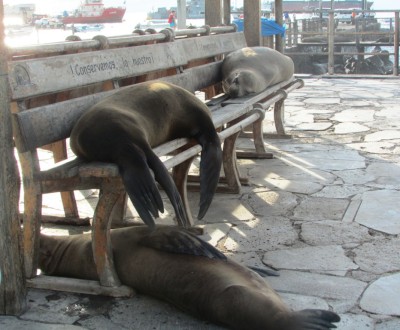
Seats reserved for those with flippers!
The giant tortoises that most people associate with the Galapagos have had a hard time coping with intruders over the last century. In the early days, it was seafarers and pirates taking as many as they could, then goats, pigs, rats and even fire ants either trampling on their nests or eating their eggs. Most of the islands have their own unique race of tortoise and these days as many of the eggs as possible are collected and allowed to hatch in a hatchery in safety then released back into the wild. This, together with eradication of feral introduced animals has allowed the tortoises to struggle back from near extinction. We spent time at the galapagueria at Cerro Colorado, just down from the highlands where we saw many large and small tortoises in the scrub. Most of the remainder of the San Cristobal population lives in wild scrub country in the North and is hard to get to. Incidentally, the term "galapago" actually means "saddle" in Spanish - not tortoise, even though that's what the giant tortoises are colloquially called. Perhaps the early explorers to these islands fancifully thought the shape of the shells resembled a saddle. The little tortoises are called "galapaguitos" and the breeding centres "galapaguerias"!
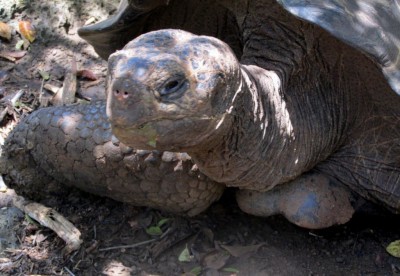
Giant San Cristobal tortoise at Cerro Colorado - this one was estimated at 70 years old
The highlands on this island are quite strange with green vegetation and seem very fertile. There are a lot of farms and fincas, with veges, fruit and livestock as well as some old volcanic cones. We walked around El Junco - a fresh water crater lake - which until recently was the main source of water on the island. Frigate birds skim across the surface apparently getting the salt off their wings and bodies. Both Santa Cruz and Isabela also have sizeable areas of fertile highlands.

El Junco crater lake
On the South Coast we explored the so-called Puerto Chino - actually a stunning white beach wedged between the lava rocks and wild scrub. It was possibly the most beautiful beach we have seen since Australia. Up on the rocky cliffs were some blue footed boobies - like so many of the animals here they are very tame and trusting of human beings goggling at them.
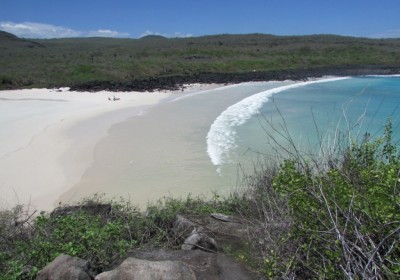
Puerto Chino on San Cristobal's South coast
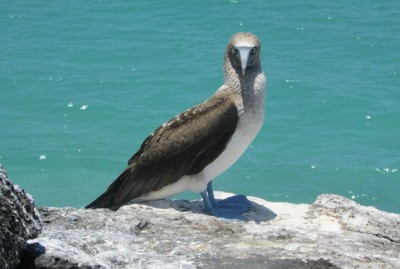
Blue footed boobie at Puerto Chino
Yesterday we walked down to a place called La Loberia (sea lion colony in Spanish)- on the South Coast. It was getting a battering from the unusually large waves that had started up the previous day and even the sea lions were treating the breakers with caution. There were a lot of waders around, as usual very tame. A lone, brave surfer showed up, but a contingent of Ecuadorian police then arrived probably to warn foolish visitors to keep away from what were particularly dangerous conditions.
Everywhere we have been are the little finches that are often collectively called "Darwin's finches". Many of them are very tame and will even perch on your hand trying to get a crumb if you let them. There are 13 species in the Galapagos, and we have struggled to see the differences between those we have seen. The main difference is between the size and shape of the beaks. In fact, Darwin only spent just over a month in the Galapagos in 1835 on the Beagle's visit, but somehow the islands have become associated with him more than anyone else and the idea of natural selection that he eventually developed on his return to England. No doubt Ecuador would have given Darwin honorary citizenship if he was still alive, judging by the number of statues and other tributes to him scattered around the islands!
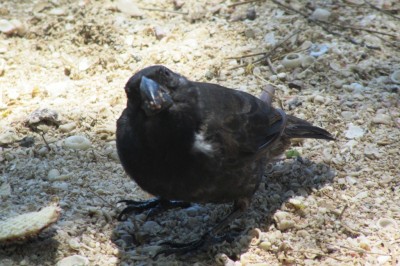
Ground finch - one of several closely related species - looking for a quick food fix near Playa Mann
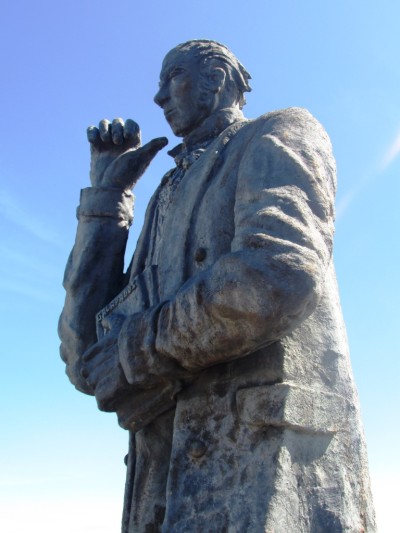
A statue of the young Darwin, clutching a dubiously authentic book on the Galapagos - perhaps it's the 1835 version of the Lonely Planet?!
We are still in Puerto Baquerizo Moreno on San Cristobal. Our Galapagos autografo allows us to visit three island ports just once each and this one is the most protected in the island group. We have had quite a large swell sweeping in to the relatively open bay over the last couple of days making life interesting for everyone including the sea lions! It is thankfully dying away now so perhaps we can sleep without too much rolling tonight! We think it had its origin in a storm complex way down in the Southern Ocean as there has been very little wind here to generate any waves at all.
We have been snorkelling at Las Tijeretas bay with friendly sea lions and some large marine iguanas and taken a trip into the highlands, apart from wandering round the seafront here and swimming at Playa Mann, the nearest beach. There is a very good interpretive centre on the side of Tijeretas hill which explains the multifaceted problems facing the islands from a sociological and environmental perspective. Tijeretas means "scissor tails" in Spanish and is named after the frigate birds that use the hill as a nesting spot, although they are not nesting here at the moment. From the top of the hill you can see right down the length of the island to Punta Pitt where we came close to on the way in from Panama.

Marine iguana at Las Tijeretas Bay

Green turtle - one of two we saw sampling the seaweed at Las Tijeretas

Young sealion enjoying dancing acrobatically - or just showing off!
The sea lions are easily the most entertaining aspect of the Galapagos wildlife, and there are hundreds of them around. They are totally fearless and seem to spend most of the day sleeping wherever they can find a space, although the younger ones spend a good deal of time playing with each other and anything they can find. It is common to see sea lions haul themselves out anywhere they want, including seafront benches, under police cars and fishing boats, yacht duckboards and cockpits and all over the rocks and beaches.

Seats reserved for those with flippers!
The giant tortoises that most people associate with the Galapagos have had a hard time coping with intruders over the last century. In the early days, it was seafarers and pirates taking as many as they could, then goats, pigs, rats and even fire ants either trampling on their nests or eating their eggs. Most of the islands have their own unique race of tortoise and these days as many of the eggs as possible are collected and allowed to hatch in a hatchery in safety then released back into the wild. This, together with eradication of feral introduced animals has allowed the tortoises to struggle back from near extinction. We spent time at the galapagueria at Cerro Colorado, just down from the highlands where we saw many large and small tortoises in the scrub. Most of the remainder of the San Cristobal population lives in wild scrub country in the North and is hard to get to. Incidentally, the term "galapago" actually means "saddle" in Spanish - not tortoise, even though that's what the giant tortoises are colloquially called. Perhaps the early explorers to these islands fancifully thought the shape of the shells resembled a saddle. The little tortoises are called "galapaguitos" and the breeding centres "galapaguerias"!

Giant San Cristobal tortoise at Cerro Colorado - this one was estimated at 70 years old
The highlands on this island are quite strange with green vegetation and seem very fertile. There are a lot of farms and fincas, with veges, fruit and livestock as well as some old volcanic cones. We walked around El Junco - a fresh water crater lake - which until recently was the main source of water on the island. Frigate birds skim across the surface apparently getting the salt off their wings and bodies. Both Santa Cruz and Isabela also have sizeable areas of fertile highlands.

El Junco crater lake
On the South Coast we explored the so-called Puerto Chino - actually a stunning white beach wedged between the lava rocks and wild scrub. It was possibly the most beautiful beach we have seen since Australia. Up on the rocky cliffs were some blue footed boobies - like so many of the animals here they are very tame and trusting of human beings goggling at them.

Puerto Chino on San Cristobal's South coast

Blue footed boobie at Puerto Chino
Yesterday we walked down to a place called La Loberia (sea lion colony in Spanish)- on the South Coast. It was getting a battering from the unusually large waves that had started up the previous day and even the sea lions were treating the breakers with caution. There were a lot of waders around, as usual very tame. A lone, brave surfer showed up, but a contingent of Ecuadorian police then arrived probably to warn foolish visitors to keep away from what were particularly dangerous conditions.
Everywhere we have been are the little finches that are often collectively called "Darwin's finches". Many of them are very tame and will even perch on your hand trying to get a crumb if you let them. There are 13 species in the Galapagos, and we have struggled to see the differences between those we have seen. The main difference is between the size and shape of the beaks. In fact, Darwin only spent just over a month in the Galapagos in 1835 on the Beagle's visit, but somehow the islands have become associated with him more than anyone else and the idea of natural selection that he eventually developed on his return to England. No doubt Ecuador would have given Darwin honorary citizenship if he was still alive, judging by the number of statues and other tributes to him scattered around the islands!

Ground finch - one of several closely related species - looking for a quick food fix near Playa Mann

A statue of the young Darwin, clutching a dubiously authentic book on the Galapagos - perhaps it's the 1835 version of the Lonely Planet?!
Comments
| Vessel Name: | Saraoni (1) and Sundari (2) |
| Vessel Make/Model: | South Coast 36 and Beneteau 473 respectively |
| Hailing Port: | Lamb Island, Australia |
| Crew: | Alison and Geoff Williams |
| About: | |
| Extra: | CONTACT DETAILS Telephone / SMS number +61 456 637 752 (Australian mobile no.) +64 28 432 5941 NZ mobile no.) Email yachtsundari@gmail.com (main email address) |
Saraoni (1) and Sundari (2)'s Photos - Main
|
A collection of photos taken while teaching and cruising in PNG's Milne Bay Province
74 Photos
Created 29 April 2023
|
|
Some rather idiosyncratic metal sculptures in outback Queensland between Aramac and Lake Dunn
8 Photos
Created 27 September 2020
|
|
A collection of photos taken during the Tiki Tour of the Southern half of the South Island, November / December 2019
40 Photos
Created 15 December 2019
|
|
Photos taken of Saraoni. All interior photos were taken in the last week.
10 Photos
Created 2 April 2019
|
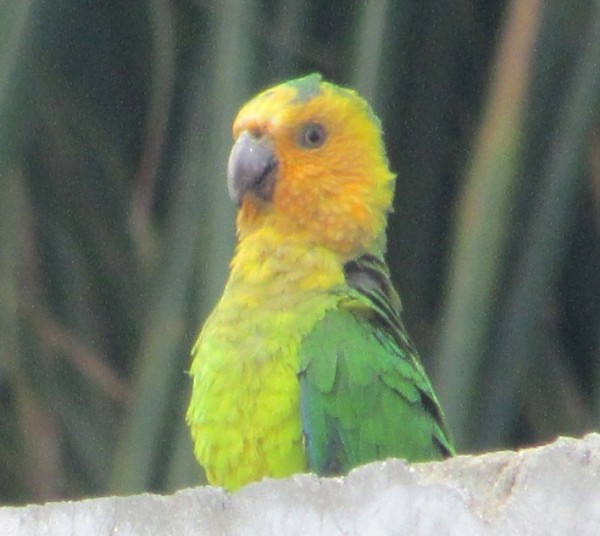 |
The ABCs - Aruba, Bonaire and Curacao are mostly low lying dry, scrubby islands in the Western Caribbean near the Venezuelan coastline
15 Photos
Created 21 May 2014
|
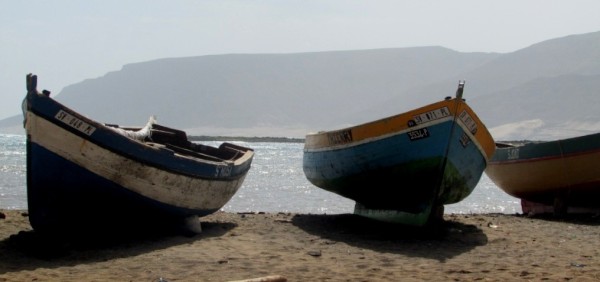 |
Images of the 2 islands in the Cape Verde island group we visited on our way across the Atlantic in 2013 - Sao Vicente and Santo Antaao.
37 Photos
Created 26 December 2013
|
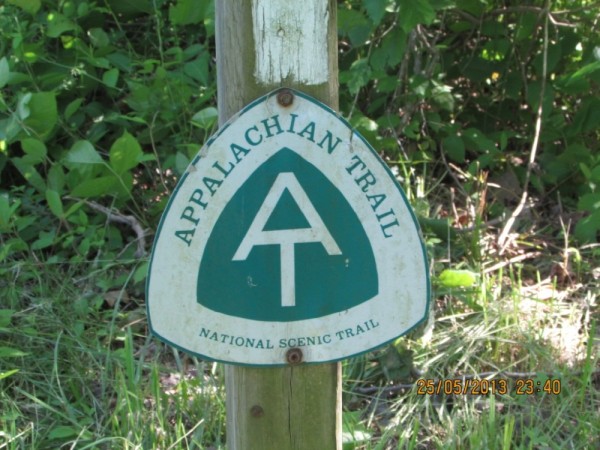 |
Photographic images of our long walk along the Appalachian mountains in the USA
26 Photos
Created 10 June 2013
|
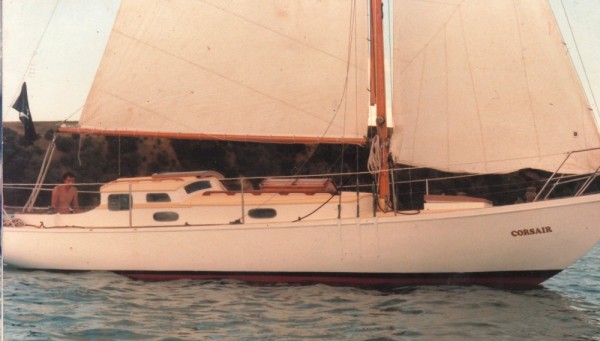 |
O.K. We're mad, but we somehow prefer a home on the sea to one on dry land.
12 Photos
Created 17 December 2011
|
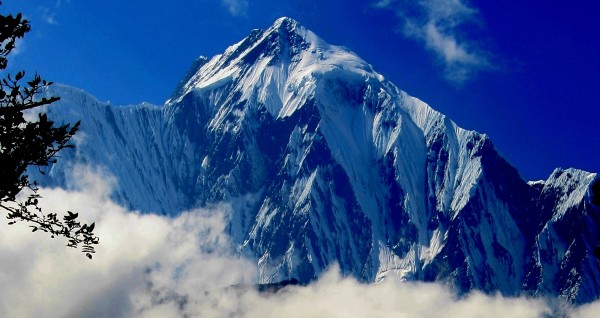 |
Nepal has ten of the world's highest mountains within its boundaries or shared with India and Tibet - these are truly giant peaks!
22 Photos
Created 15 December 2011
|
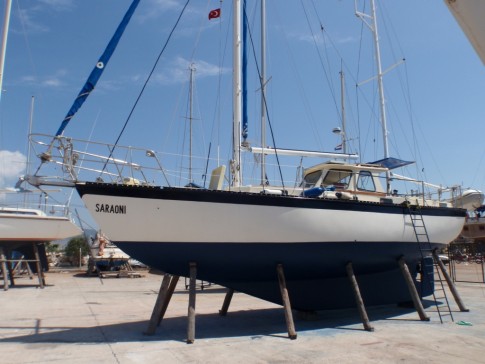 |
Saraoni hauled out on Finike's hardstand for biennial maintenance and painting
3 Photos
Created 26 April 2011
|
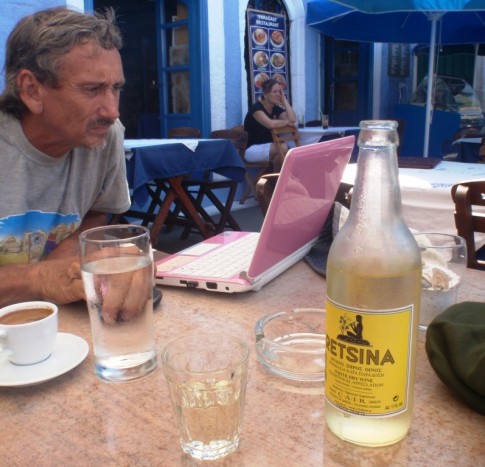 |
The small rocky island of Kastellorizou is Greece's most remote island
7 Photos
Created 11 December 2010
|
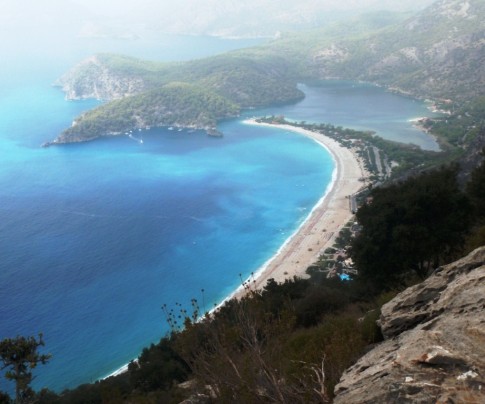 |
Cruising and walking Turkey's Lycian coast September and October 2010
19 Photos
Created 11 December 2010
|
Exploring as Much as We Can Until We Can't
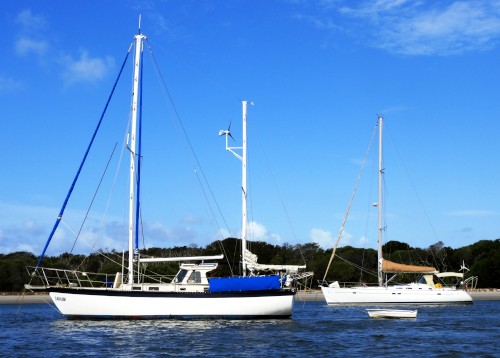
Who: Alison and Geoff Williams
Port: Lamb Island, Australia
Blog Categories by Year
- 2023 Aust NZ
- 2022 Aust
- 2021 Aust
- 2020 Aust, NZ
- 2019 Aust, NZ
- 2018 New Cal Aust and NZ
- 2017 NZ, Aust, Tonga, Fiji, New Caledonia
- 2016 NZ Niue and Canada
- 2015 Pacific Crossing Panama to NZ, Galapagos, French Polynesia, Cooks, American Samoa and Tonga
- 2015 and 2014 Suriname Colombia Panama and Costa Rica
- 2014 U.S. Cycle trip
- 2014 Caribbean Islands Trinidad to Aruba
- 2014 Atlantic Crossing Cape Verdes to Suriname
- 2013 Cape Verdes, West Africa
- 2013 Canaries Post USA
- 2013 U.S.A. Hiking Trips Appalachians and Cascades
- 2013 Canaries Pre U.S.A.
- 2013 Morocco
- 2012 South Africa and Swaziland
- 2012 Mediterranean Spain and France
- 2012 Italy
- 2012 and 2011 Greece
- 2011 A Quarter Century on the Sea
- 2011 Nepal
- 2011 and 2010 Turkey
- 2010 Oman Yemen the Red Sea and Israel
- 2010 South Asia: India and Sri Lanka
- 2009 Malaysia and Thailand
- 2009 and 2008 Aust and SE Asia
- 2007 Australia
- 2006 NZ to New Caledonia and Australia
- A Tale of Three Boats
- 1978 to 2018 Perspectives on a Long Journey
